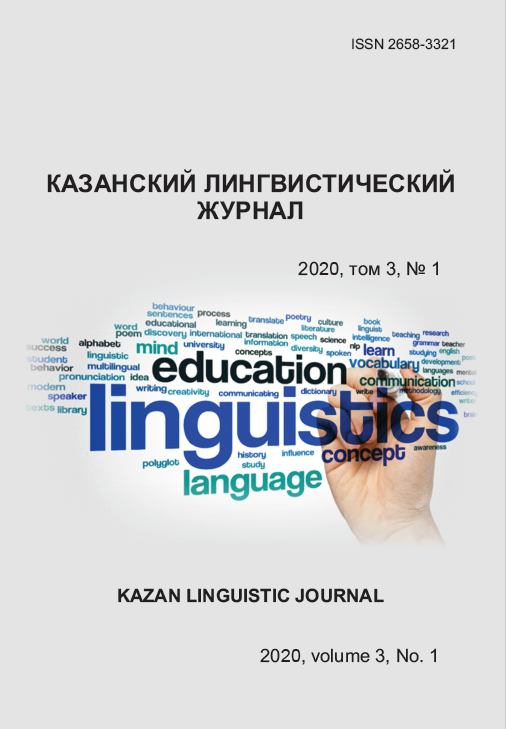Strategies in second language learning: strategic competence in the l2 Spanish classroom
Keywords:
strategies, strategic competence, training, ELE, autonomyAbstract
This article is framed in the field of applied linguistics, in the area of the development of the ELE methodology, emphasizing the introduction of learning strategies in the classroom to develop the student autonomy. Although much literature has been written about this subject it does not correspond to the didactic action. In this article, the authors approach the theory to teaching practice by offering the reader a series of guidelines for the introduction of strategic competence in the classroom and thus facilitate the job of the teachers.
First, a definition and description of the concept of strategic theory is offered. Second, the reader is offered a series of methodological guidelines for the introduction of this competence in the classroom based on the CALLA method of Chamot and O'Malley. Finally, a conclusion is offered with the benefits that both the apprentice and the teacher bring to practice this competition in the classroom.
References
References
Chamot, A. U. & O’Malley, M. J. (1994). The CALLA handbook: how to implement the Cognitive Academic Language Learning Approach. Reading, MA: Addison Wesley. (In English)
González Jiménez, R. (2015). Integración del component estratégico en el ámbito de la interacción oral en base al manual Aula A2. Universidad Pablo de Olive: Sevilla, pp. 1–72. (In spanish)
Halbach, A. (1999). Integrating strategy training into an existing syllabus: a model. Neusprachliche Mitteilungen Nº52(2), pp. 104–110. (In English)
Jiménez Raya, M. (1994). Aprendizaje centrado en el alumno: desarrollo de la autonomía del aprendiz de lenguas extranjeras. L. Miquel & N. Sans (coords.), Didáctica del español como lengua extranjera. Cuadernos del tiempo libre, colección Expolingua. Madrid: Fundación Actilibre, pp. 41–62. (In Spanish)
Martín Leralta, S. (2006). La integración de la competencia estratégica en el currículo de la lengua extranjera. ELUA, 20, pp. 233–257. (In Spanish)
Martín Leralta, S. (2008). Orientaciones para la inclusión de las estrategias en el programa habitual de ELE. Marco ELE. Revista de didáctica del Español como Lengua Extranjera. Nº6, pp. 1–22. (In Spanish)
Sanjuán Bornay, N. (2010). Desarrollando la competencia estratégica y metacognitva en el aula de ELE mediante el entrenamiento estratégico. Flinders University of South Australia, pp. 1–9. (In Spanish)
Seseña Gómez, M. (2004). Estrategias conversacionales. La publicidad como fuente de recursos estratégicos. En Forma: formación de formadores. Estrategias en el aprendizaje de E/LE, Madrid, SGEL, Nº7, pp. 37–51. (In Spanish)
Tardo Fernández, Y. (2005). Potenciar las estrategias comunicativas en las clases de ELE: una opción viable para desarrollar las habilidades orales. En RedELE [en línea]. Nº5, pp. 1–7 (In Spanish)
Vázquez, G. (2012). El desarrollo del componente estratégico dentro del marco actual de la didáctica de ELE: Estado de la cuestión y perspectivas. Revista Internacional de Lenguas Extranjeras, nº 1, diciembre 2012, pp. 181–212.
Centro Virtual Cervantes. Diccionario de términos clave de ELE. // URL:
cvc@cervantes.es (Accessed: 3:8:2019). (In Spanish)






